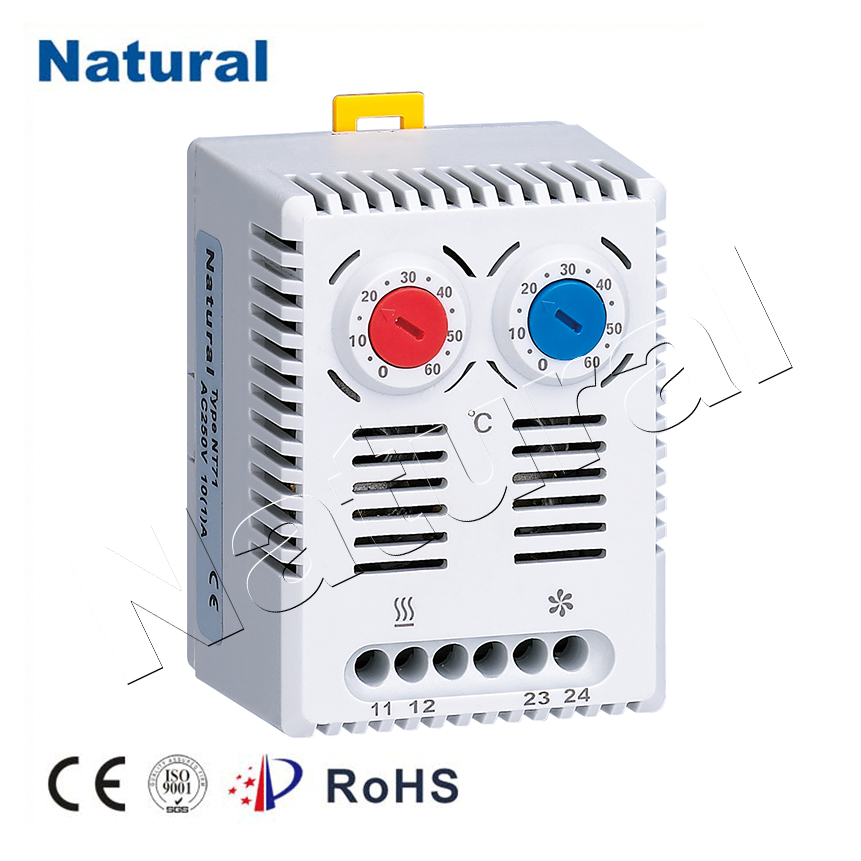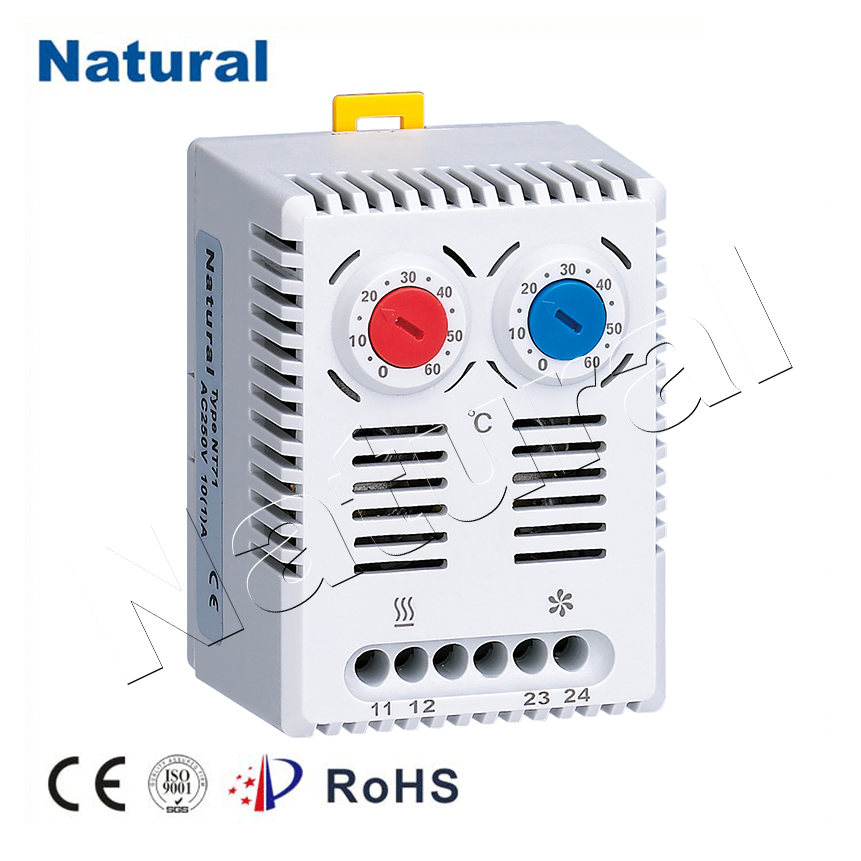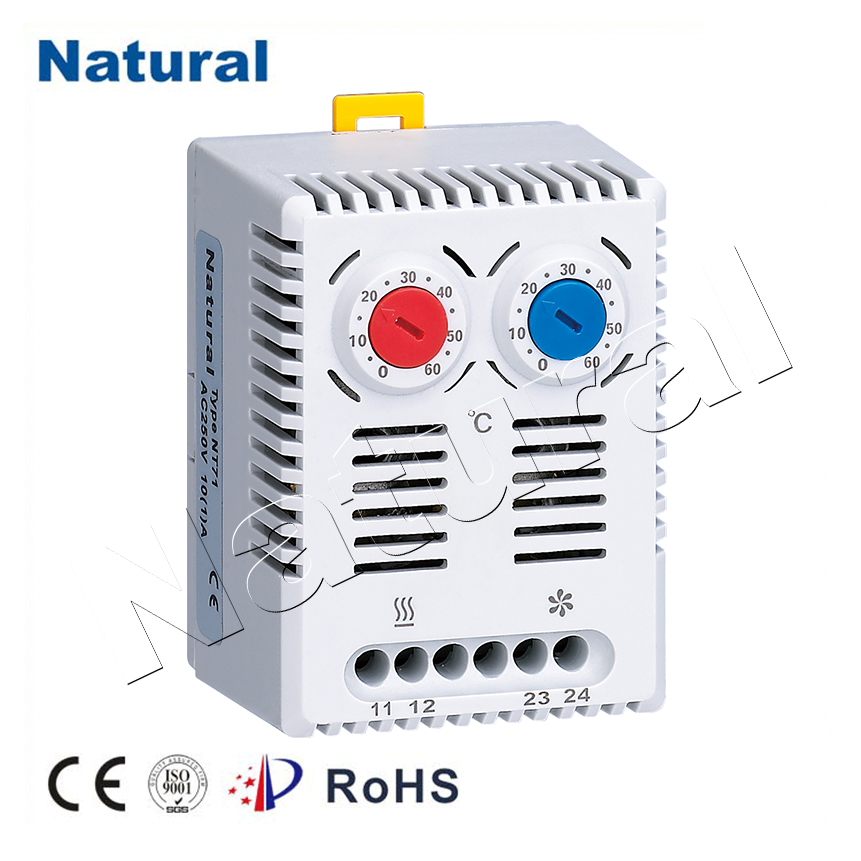In today’s world, where energy efficiency and comfort are paramount, the dual thermostat has emerged as a significant advancement in climate control technology. This innovative device offers unique benefits that cater to varying needs within different spaces, ensuring optimal temperature regulation. This article will delve into the functionality, advantages, and applications of dual thermostats, providing insights into why they are becoming an essential component in modern heating and cooling systems.

A dual thermostat is essentially a device designed to manage two separate zones or areas within a home or building. Unlike traditional thermostats that control a single heating or cooling system, dual thermostats allow for independent temperature settings in different rooms or zones. This feature is particularly beneficial in larger spaces or homes with multiple stories, where temperature variations can be significant due to factors like sunlight exposure, insulation differences, and varying occupancy levels.

One of the ultimate advantages of a dual thermostat is energy efficiency. By allowing homeowners to tailor the temperature in each zone according to its specific needs, energy consumption can be significantly reduced. For instance, during the day, when certain areas are occupied, the temperature can be adjusted to create a comfortable environment, while unoccupied rooms can be set to a more economical setting. This not only enhances comfort but also leads to substantial savings on energy bills. Furthermore, dual thermostats enhance comfort by addressing the unique needs of different spaces. For example, in a two-story home, the upstairs may become considerably warmer than the downstairs due to heat rising. A dual thermostat can ensure that the temperature remains consistent across both levels, eliminating hot or cold spots. This tailored approach is especially important for households with varying preferences; some family members may prefer cooler temperatures, while others might enjoy a warmer environment.
